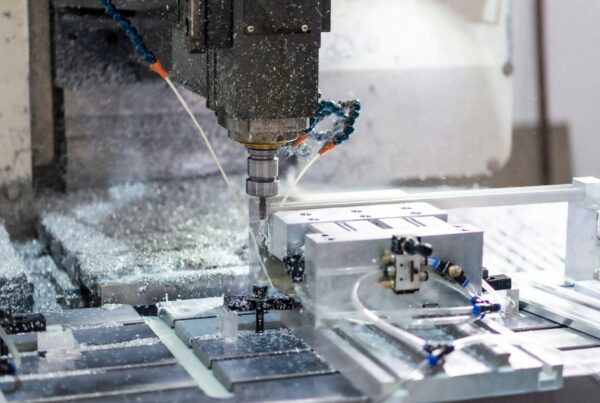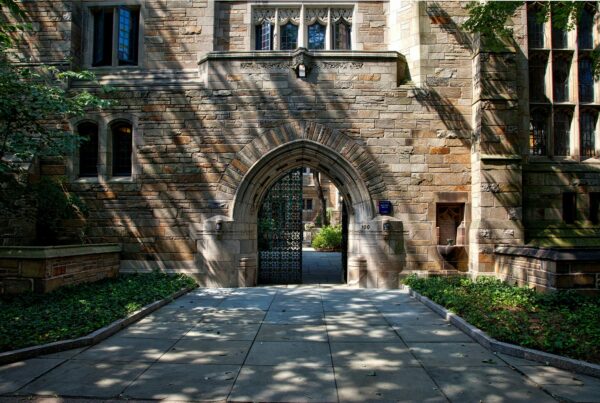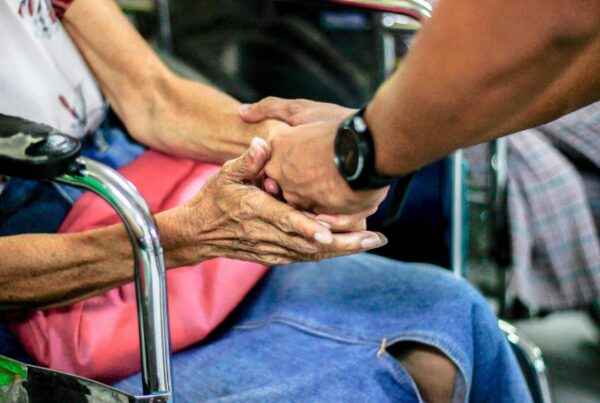by Andronache, I., Papageorgiou, I., Alexopoulou, A., Makris, D., Bratitsi, M., Ahammer, H., Radulovic, M. and Liritzis, I.
ABSTRACT
Exploring the attribution of sub-painted layers in overpainted artworks created with various pigments on canvas/wood has received limited attention. Previously this problem of underpainting inhered limitations. This study addresses the palimpsest-like stratigraphy of such artworks using an innovative and validated statistical approach. To replicate the process, painted and overpainted panels were meticulously constructed following historical recipes for preparation and pigment selection. Spectral data in the near-infrared (NIR) range (400-1000nm) were captured using a multispectral NIR camera, employing reflected light under normal illumination conditions. A total of 45 pigments, representing 45 colors, were employed in the creation of three sets of overpainted layers: upper Egyptian blue, cadmium red, and cadmium yellow. Several parameters influencing the experimental setup were considered, including capturing conditions and imaged areas. A normalization procedure was applied to ensure consistent capturing conditions across all images. The standardized set of spectral images was subjected to appropriate agglomerative hierarchical clustering methods (Average Linkage, Complete Linkage, Ward Linkage, and Ward D2 Linkage), as well as principal component analysis (PCA) with accompanying statistical tests to validate clustering (Silhouette, Box plots, K-means, Wilks). Additionally, complex and entropy measures were employed. By integrating traditional statistical multivariate methods with modern complexity measures, consistent interpretation of the data was achieved. PCA combined with clustering methods enabled referencing of spectral data with the Mahalanobis connection distance, highlighting clusters directly associated with differences in intensity along the NIR range for each panel’s segmented spectral cubes. It is non-destructive method and offers a unique data base for future research. The novelty of this study is therefore utilizing the experimental database and applying innovative corroborated mathematical techniques. This approach facilitated the identification of overpainted panels based on their similar NIR spectral characteristics and successfully identified an unknown painted panel within this initial three-color database with highly satisfactory results.
Download pdf
![]()




